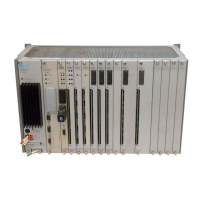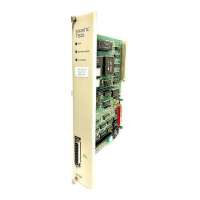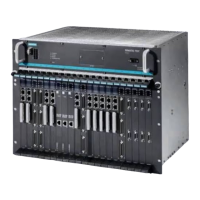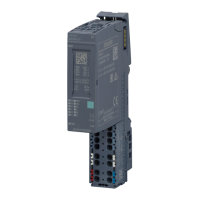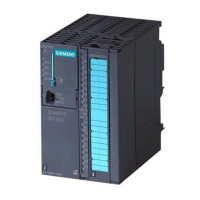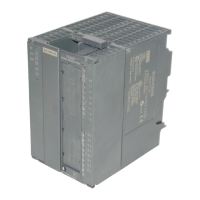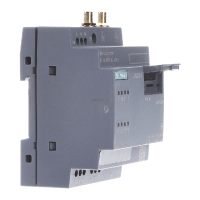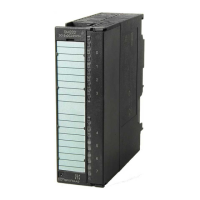The SINAUT Configuration Tool
6.6 TD7onTIM
TIM DNP3
System Manual, 12/2015, C79000-G8976-C253-04
161
The following indexes will be assigned:
● Channel 1: Index 0 to 7
● Channel 2: Index 8 to 15
● Channel 3: Index 16 to 23
● Channel 4: Index 24 to 31
In this station, the indexes 0 to 31 cannot be used for any other object of the type
"Bin04B_S" or "Cmd01B_S".
Classification of the data according to the type of transmission
Classification of process data according to the type of transmission
The process data that the TIM sends to a communications partner is assigned to classes
during configuration. This assignment decides whether the values are only read by the
master station or (if there is a defined change) stored and sent unsolicited to the partner:
●
Static data means all the pending analog and binary measured values or calculated
values in DNP3 stations intended for transfer. This is the data of the image memory on
the TIM.
Static data is known as class 0 data in the DNP3 specification. Static data can be
transmitted in the following ways:
– Reading by the DNP3 master station
The DNP3 master station can request any number of individual values that are
addressed using the object group and the DNP3 index. Here, the DNP3 master station
can specify the variation in which the data is to be sent by the station.
– Sending following a general request by the DNP3 master station
All configured values can be transmitted in a general request. Here, the station selects
the default variation of the object.
●
The values of process data configured as an event are written to the send buffer
(message memory) when a trigger fires. The events have a higher priority for transfer
compared with static data. The triggers fire when there are configurable changes in the
process value, at certain intervals, at configurable points in time or in response to
programmable signals.
The DNP3 protocol specifies two possibilities for transmission of the stored events:
– The DNP3 master station can request the stored events of one or all event classes
and read them like static data.
– The station can transmit the events spontaneously (unsolicited).
Whether or not the station can report spontaneous events is specified in the
configuration of the DNP3 master station. The spontaneous sending of events by the
station is initiated by the master station with a corresponding control message to the
station.
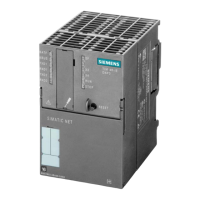
